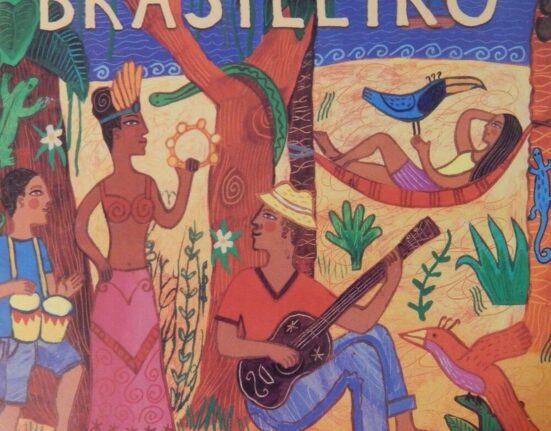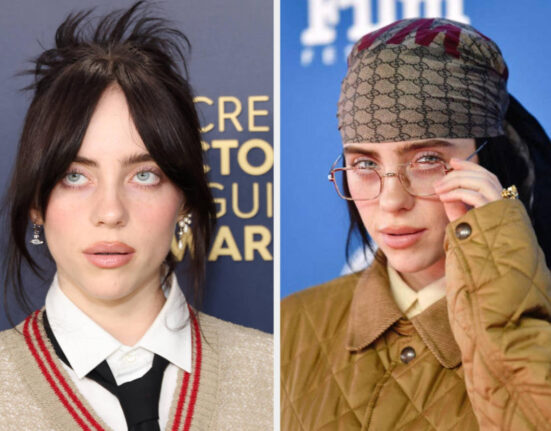The female gaze, or the lack of one, is a topic that tugs at the nape of many a female artist. It is a uniting factor — a string that binds — even when their artworks are nothing alike. In Sahara Longe’s lengthy art canon, the primary subject is women — namely Black women. They are often staring right at the viewer, subjecting you to their gaze, not the other way around. It’s similar to Shirin Neshat’s work, but altogether quite different.
Longe grew up on a farm in rural Sussex, England after moving there from London when she was young. She was raised by a Sierra-Leone born mother and English father, with mostly books and characters for company — drawing all over the walls was her favorite pastime. She was heavily inspired by the National Portrait Gallery in London — seeing the old portraits made her want to capture the same essence, the same gaze of those Kings and Queens of Olde, but in a new light — a Black light.
After dropping out of university, Longe found herself at an atelier (fancy painting school and studio) in Florence, Italy — the Charles H. Cecil Studios — where she stayed for four years, learning classical Renaissance style portraiture under the master. After Italy, she traveled to Sierra Leone, where she stayed for six months, meeting her mother’s African family and old community. Then she returned to England. Upon her return, her schooling was complete. She began making art not for learning’s sake, but for herself — not simply painting portraits, but expanding into something more.
Like many artists of The Renaissance, nude women are a frequent subject of Longe’s art, but equally so are fully clothed women, wearing floor-length frocks that seem to cover the women entirely in vibrant hue. In Longe’s paintings, women’s bodies are given the same power and greatness as Michelangelo gave “David”. Whether the women are completely nude or resemble amorphous blobs, there is a sensuality and care found in Longe’s work that (in my opinion) is missing from Botticelli and the other old masters.
Her painting style is very clearly influenced by the style of the old masters — think famous European artists from the Renaissance period: Oil paints and portraits of old white men and landscapes of the French-Italian countryside — but is also clearly something very different. The brushstrokes, rich colors, and dreamlike quality of her work takes you back to 18th century Florence, but the inversion of that period’s art status quo grounds you in the present. This inversion of tradition being that she paints portraits of Black people, namely Black women. She reinvents portraiture, oil paint, and the female figure all in one.







